- With more than 210 hectares of tea, Thai Binh commune currently has the largest tea growing area compared to other communes in Lang Son province. However, people in Thai Binh commune are not interested in tea trees. Many households have replaced this type of tree with other forestry trees.
For many years, tea has been one of the main crops of the old Dinh Lap district. The tea growing area of the old Dinh Lap district is about 530 hectares, most of which are concentrated in Thai Binh Farm town, Lam Ca commune and Thai Binh commune.
When implementing the two-level local government, 3 administrative units, Thai Binh commune, Lam Ca commune, Thai Binh Farm town were merged into Thai Binh commune. With this merger, Thai Binh commune became the "capital" of tea growing in Lang Son province.
Tea trees have been planted in this area since 1966. Over the years, tea trees have been maintained and developed by the people of Thai Binh commune. However, recently, people in the commune have cut down tea trees to make room for planting acacia, eucalyptus and pine trees.
Ms. VTM, Thong Nhat village, Thai Binh commune, shared: The family had nearly 1 hectare of tea, but since the beginning of 2025, the family has cut down almost all of it to plant acacia. Currently, the family has more than 3,000 Ngoc Thuy tea trees. The reason the family switched to growing acacia is because the selling price of fresh tea is low (only about 8,000 - 9,000 VND/kg, at the highest point it was only about 13,000 - 15,000 VND/kg).
"After deducting the cost of pesticides, fertilizers, tea cutting labor... the remaining amount is not much. "Selling 1 kg of fresh tea costs 8,000 VND, the cost of pesticides, fertilizers and tea cutting labor is about 5,000 VND, so the amount earned is not worth the effort of care and harvesting...", Ms. VTM shared.
In Thong Nhat village, not only did Mrs. VTM's household cut down tea trees to make room for acacia trees, but recently, in the village, there were more than 80 households growing tea, and more than half of these households cut down tea trees to plant acacia and pine trees.
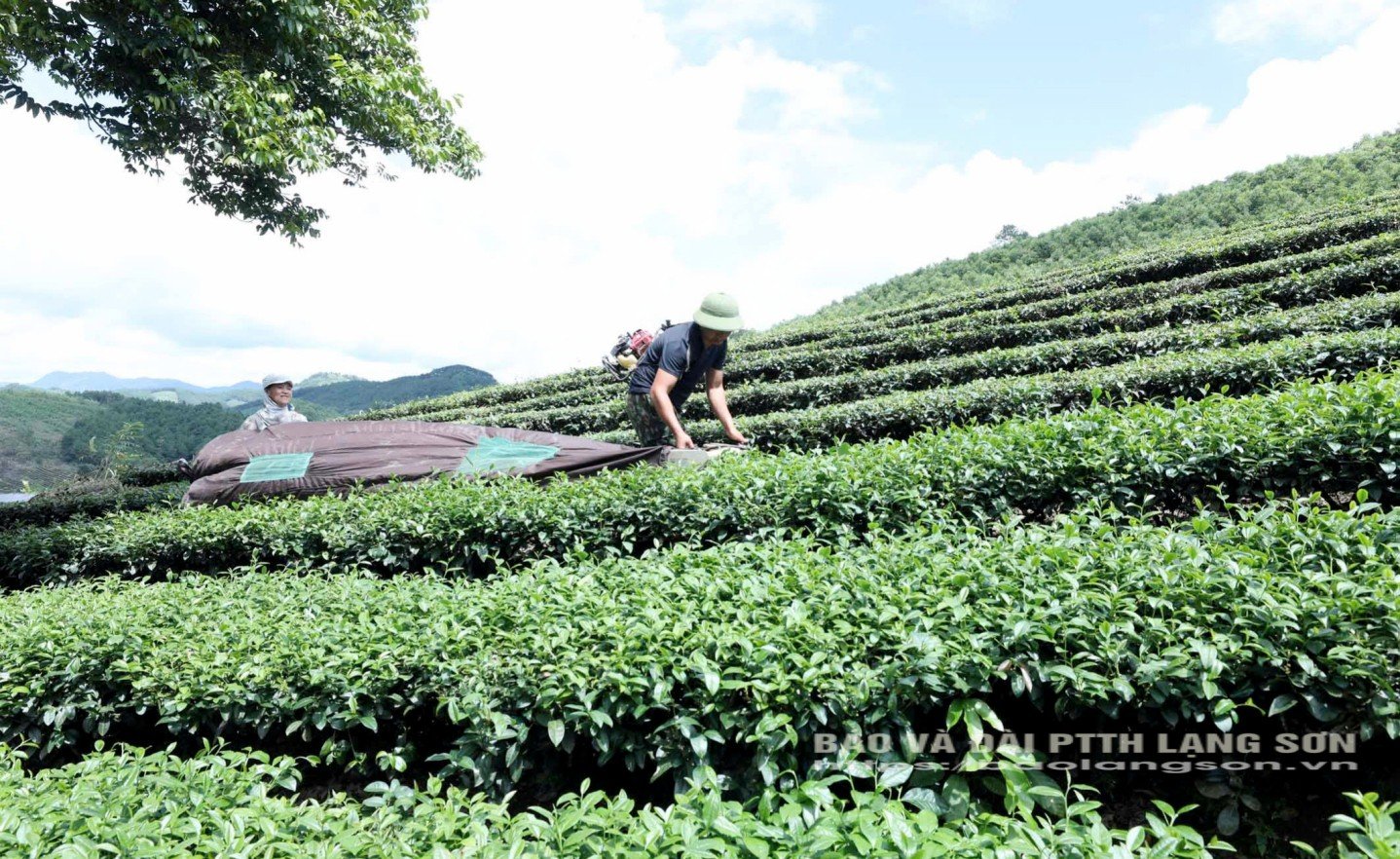
Discussing this issue, Mr. Nguyen Tuan Toai, Vice Chairman of Thai Binh Commune People's Committee, said that in fact, in the commune recently, there has been a situation where tea growers have destroyed tea trees to plant some types of forestry trees. The Commune People's Committee has not yet counted the area of tea trees that people have destroyed.
Studying the reality of planting, caring for, and harvesting tea in Thai Binh commune, we found that tea growers lack knowledge of production techniques, so the quality of the products is low and uneven. Tea growers have ignored technical standards in care such as using the wrong type of fertilizer. When harvesting, the tea shoots are picked very long. This makes the quality of the harvested tea raw materials low, leading to low prices for raw tea, making people not interested in tea plants.

In addition to the low and unstable price of raw tea, in Thai Binh commune, there is currently a large area (20 - 30 hectares) of old tea trees that need to be renovated. At the same time, tea growers in Thai Binh commune are currently facing difficulties in accessing preferential credit, which also makes it difficult for people to invest in renovating and expanding tea growing areas. Due to lack of investment capital, people have not replanted tea trees but have switched to cutting them down to plant other types of forestry trees with higher economic value.
The above reasons have caused tea growers in Thai Binh commune to lose interest in the crop they have grown for many years and instead switch to growing other forestry crops.
Regarding this issue, a quick discussion with Mr. Tran Van Hung, Deputy Director of Thai Binh Lang Son Tea Joint Stock Company, revealed that recently, people have not only destroyed their own tea trees but also arbitrarily destroyed tea trees on the tea growing land area assigned by the company to plant forests, leading to a situation where the company lacks raw materials for tea production and processing.
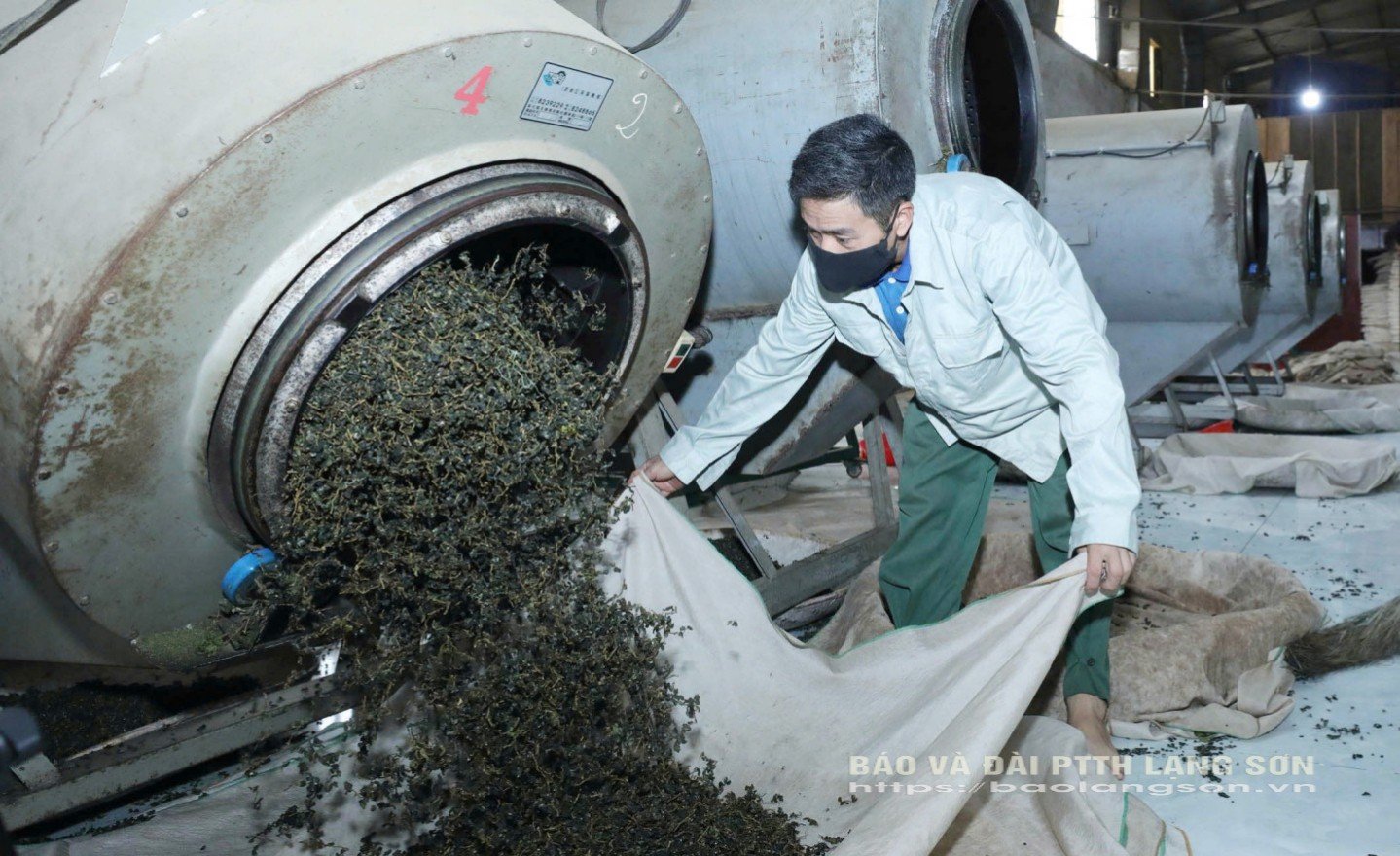
According to the estimated calculation of Thai Binh Lang Son Tea Joint Stock Company, the current area of tea trees that people have destroyed to plant other trees is estimated at over 30 hectares, the output in 2025 is estimated to decrease by more than 300 tons compared to 2024.
Mr. Nguyen Tuan Toai, Vice Chairman of Thai Binh Commune People's Committee, said that in order to maintain and sustainably develop the tea growing area, Thai Binh Commune People's Committee is focusing on reviewing and developing a tea growing area planning plan to develop the commune's concentrated tea growing area. Along with that, the commune continues to mobilize people to maintain the existing area, plant new high-quality tea varieties, and gradually replace ineffective tea growing areas.
In particular, in the coming time, the People's Committee of Thai Binh commune will coordinate with specialized agencies to organize training courses and disseminate techniques for intensive cultivation, care, harvesting and safe tea processing to local people. In particular, step by step, orienting people to deploy organic tea and VietGAP tea cultivation to improve productivity and quality, helping to increase the value of raw tea products.
At the same time, the Commune People's Committee continues to coordinate with Thai Binh Lang Son Tea Joint Stock Company to organize the construction of a sustainable chain of links between enterprises and farmers (tea-growing households) to ensure stable output.
In fact, the situation of tea growers not being interested in tea is real. If this situation continues, the risk of losing the largest tea material area in Lang Son province will occur. Thai Binh commune authorities need to quickly take measures to preserve this tea material area. Thereby helping many households in the area have a sustainable source of income, stabilize their lives, and make an important contribution to the local socio-economic development.
Source: https://baolangson.vn/xa-thai-binh-nguoi-trong-che-khong-man-ma-voi-cay-che-nguyen-lieu-5064145.html





![[Photo] Closing of the 14th Conference of the 13th Party Central Committee](https://vphoto.vietnam.vn/thumb/1200x675/vietnam/resource/IMAGE/2025/11/06/1762404919012_a1-bnd-5975-5183-jpg.webp)

![[Photo] Prime Minister Pham Minh Chinh receives the delegation of the Semiconductor Manufacturing International (SEMI)](https://vphoto.vietnam.vn/thumb/1200x675/vietnam/resource/IMAGE/2025/11/06/1762434628831_dsc-0219-jpg.webp)


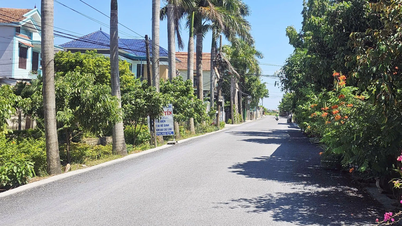







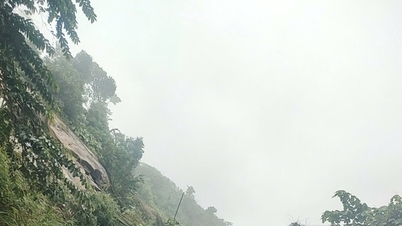




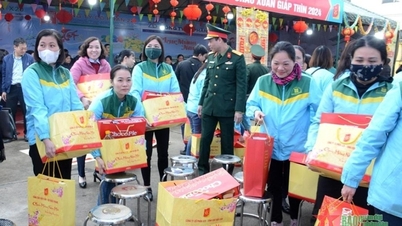


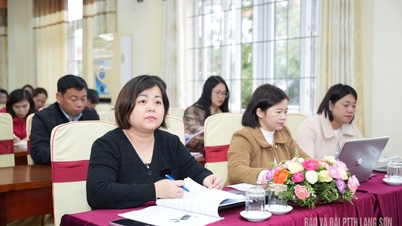

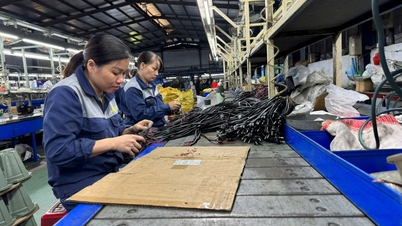









































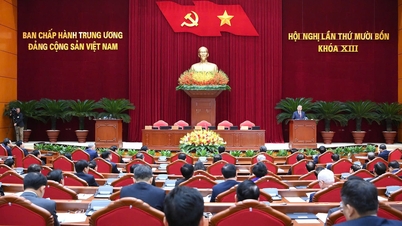














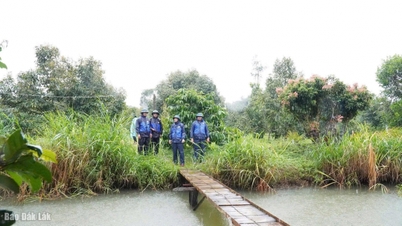





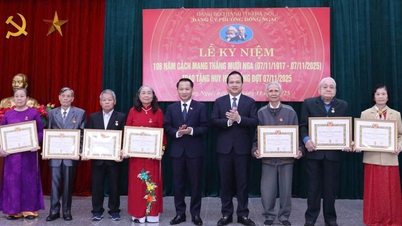

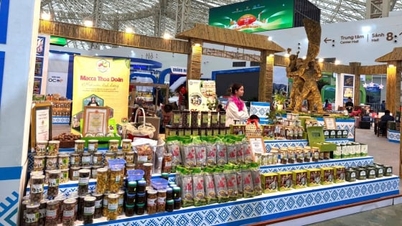









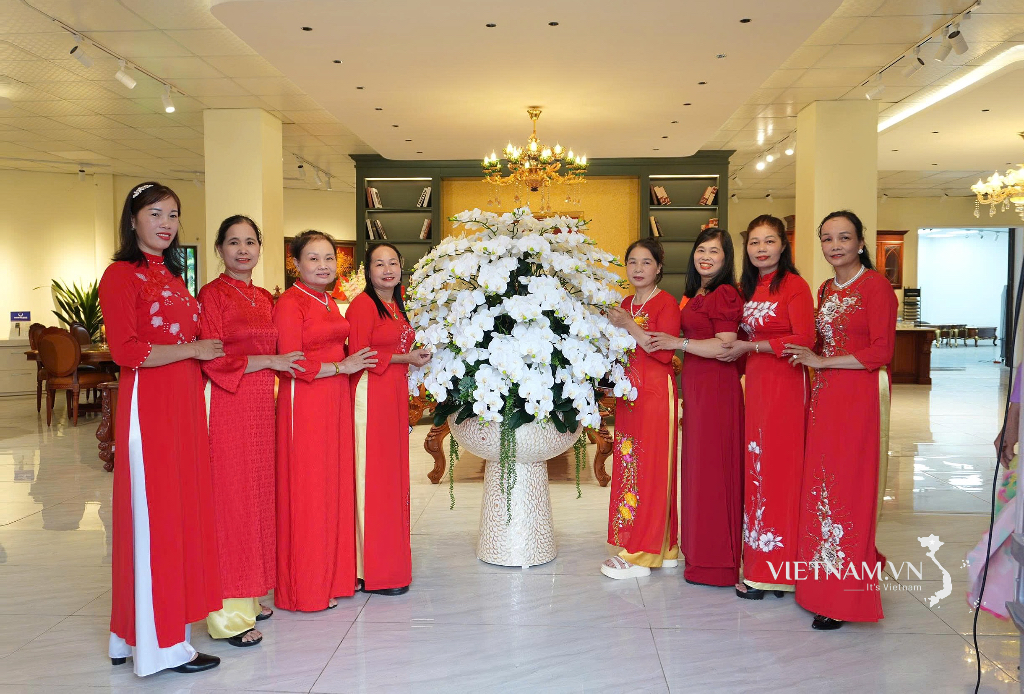


Comment (0)